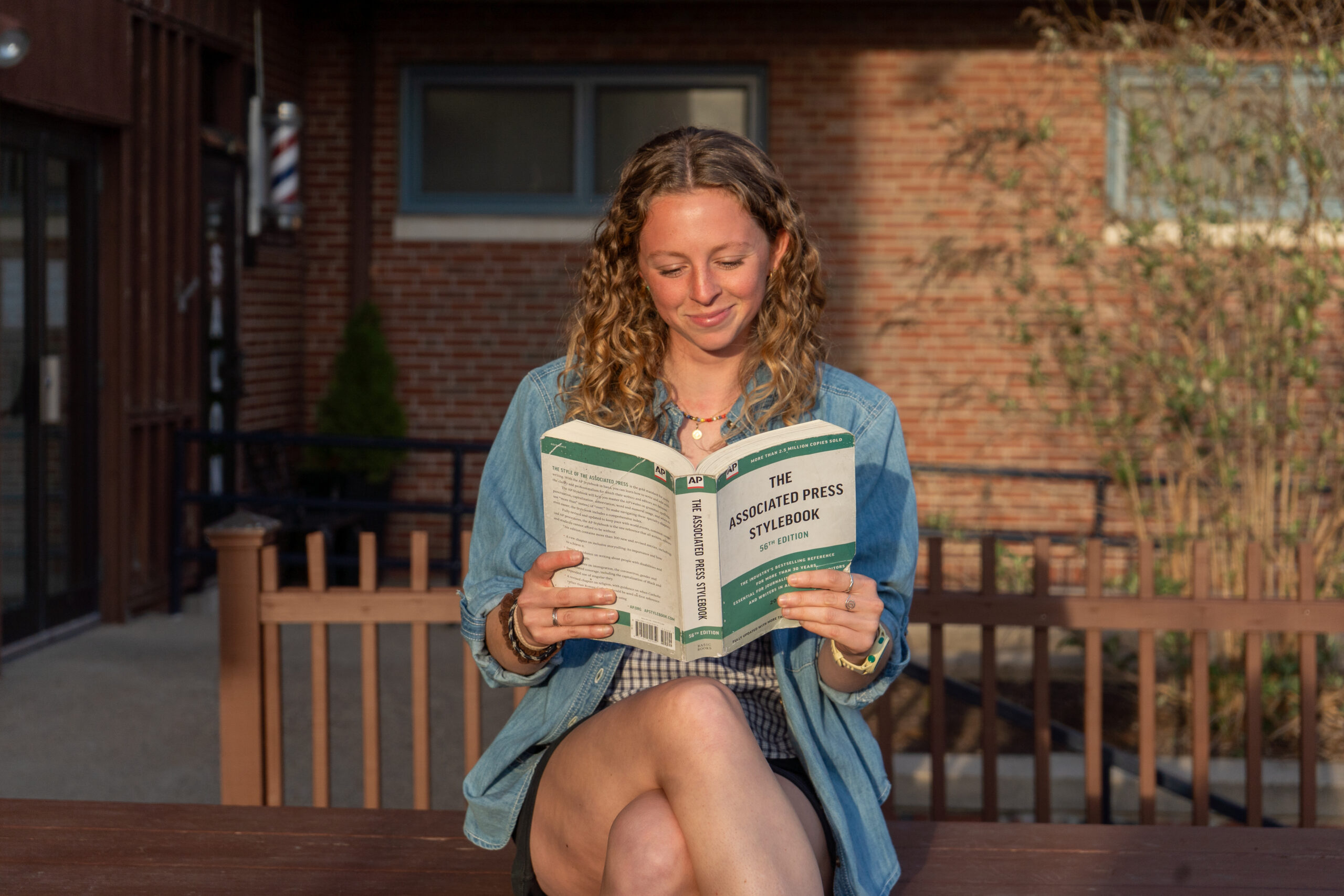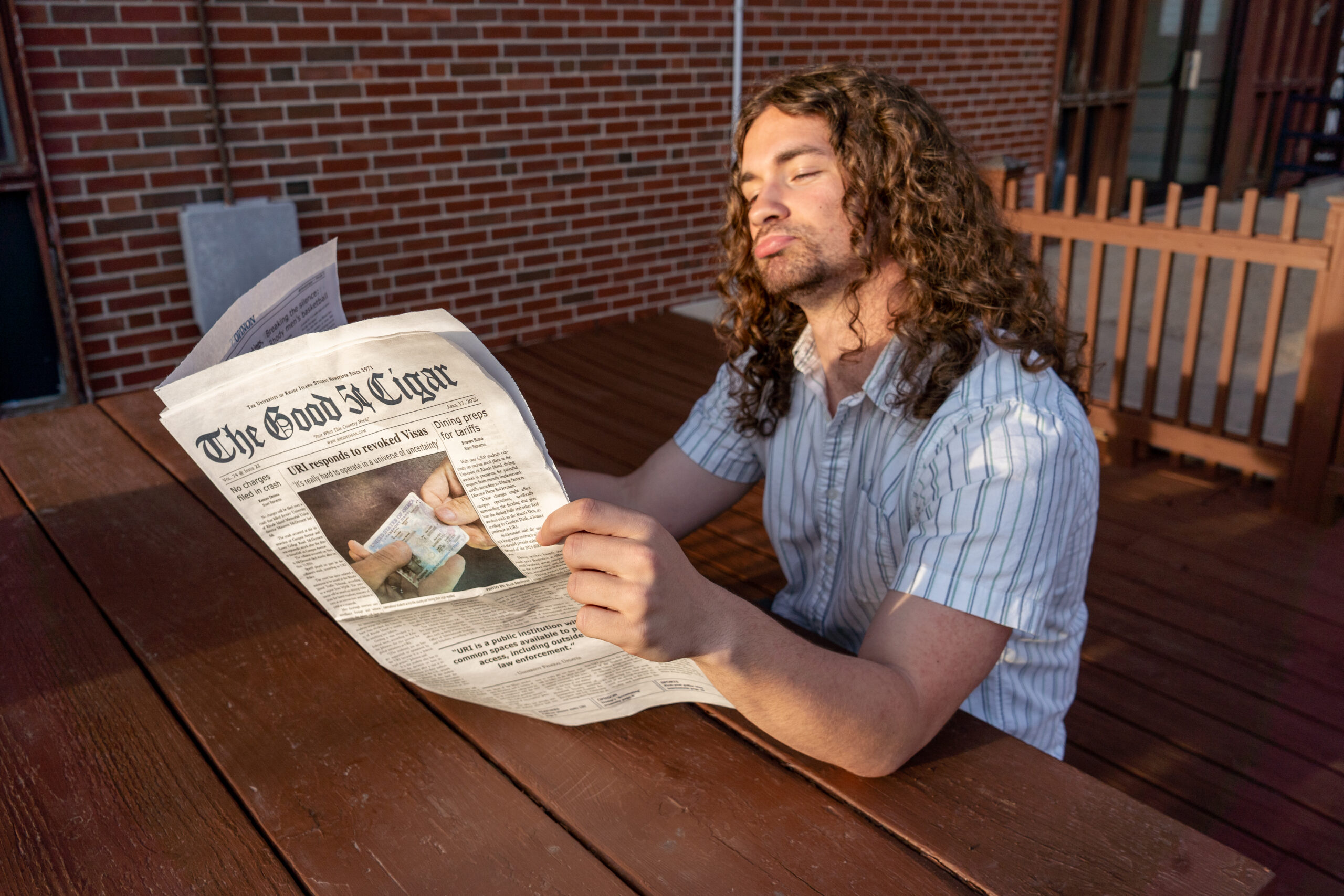How can our infrastructure affect wildlife, and what can we do to help? An Earth Day editorial. PHOTO CREDIT: Brock University
New buildings with many glass windows are creating a surprising problem for unsuspecting victims: birds. Since 1970, according to the Cornell Lab of Ornithology, North America has suffered a 30 percent decline in its migratory bird populations.
Bird strikes — when a bird strikes an object while flying — are a major factor in this horrific decline. Birds cannot see glass on buildings due to reflections, resulting in approximately 700 million bird-window collisions and death every single year.
Rhode Island is located within the migratory Atlantic flyway, where birds migrate annually between their northern and southern habitats. While the University of Rhode Island is uniquely positioned to help protect bird populations along migration routes, it has instead become a part of the problem.
In 2019, the University of Rhode Island unveiled the new Fascitelli Center for Advanced Engineering, featuring walls of glass on all sides of the building. It is also currently lit up throughout the night, which can attract birds migrating at night and increase collision rates.
During the day, the glass building reflects the sky, confusing birds, causing collisions and increasing avoidable mortality. The fall is a particularly deadly season for birds colliding with the Fascitelli building because that is when many species of long- and short-distance migratory species like warblers and sparrows are traveling the Atlantic flyway.
Here on the URI Kingston campus, Peter Paton, chair and professor of natural resource sciences, is hoping to create a “bird strike free” campus. Two of Paton’s main goals are to turn off the lights at night in the Fascitelli building and to introduce deterrents on windows for URI buildings that are especially hazardous to birds. Fortunately, URI has already installed falcon decals on windows to prevent bird strikes at the Center for Biotechnology and Life Sciences (CBLS).
“The decals have reduced bird strikes somewhat, but it turns out that if you look at the literature, rather than just a single silhouette, having a series of dots about four inches apart across the entire window tends to be more effective,” Paton said. “It doesn’t necessarily deter [the birds] as much if it’s just a single silhouette”.
Paton also requests that URI students document any bird strikes that they find around buildings and email him a photo to ppaton@uri.edu and the geolocation of the strike so that he can continue to compile bird strike data on-campus.
Bird strikes also happen elsewhere, but the good news is that there are easy ways to help prevent bird strikes and other bird deaths. You can use the dot system on home windows, especially if they are bigger than average and reflect the sky or nature. Also, keep your cats indoors (outdoor cats kill more birds than any other non-native threat; approximately 2.4 million birds every year in the U.S.).
Creating bird-safe architecture is just the beginning to ensuring migratory bird populations rebound. We also must continue to minimize habitat loss and create a societal shift that enhances the ability of bird populations to thrive side-by-side with humans. Remember, birds are not only beautiful and culturally important, but birds also help control pests, play a critical role in pollination and disperse native seeds — benefits that humans cannot live without.
For more information on how to prevent bird strikes, go to the Cornell Labs’ website allaboutbirds.org dedicated to birds and bird safety and check out their many articles on the subject.




